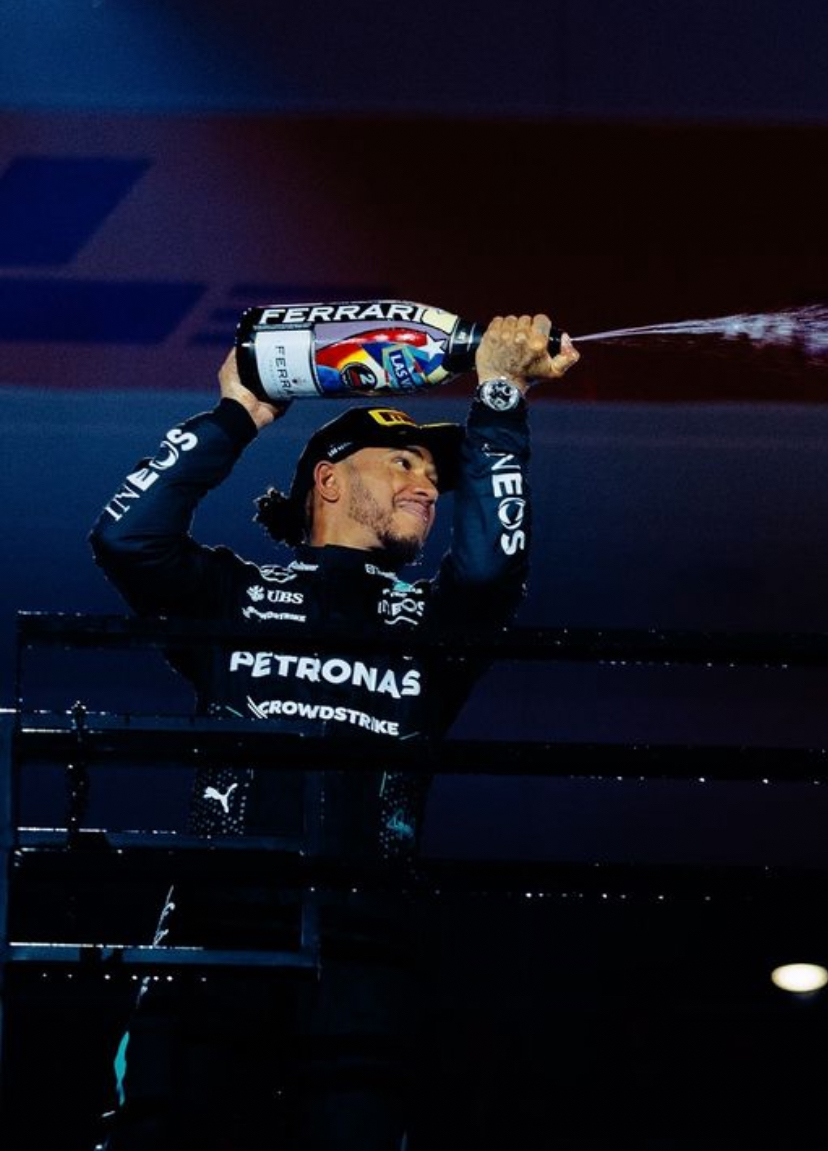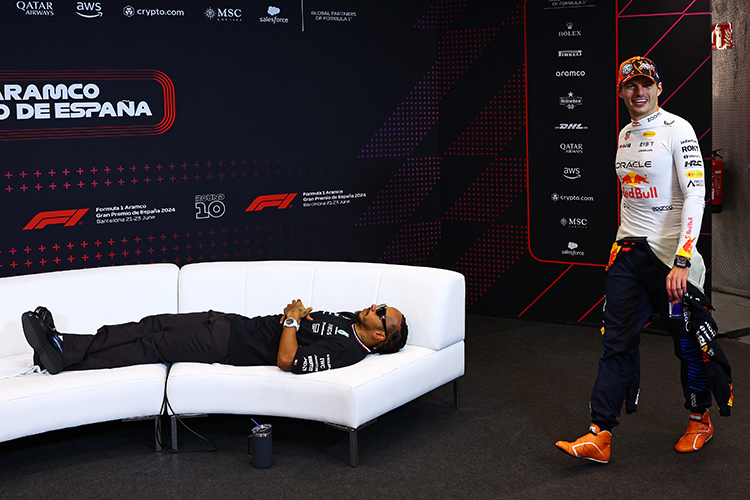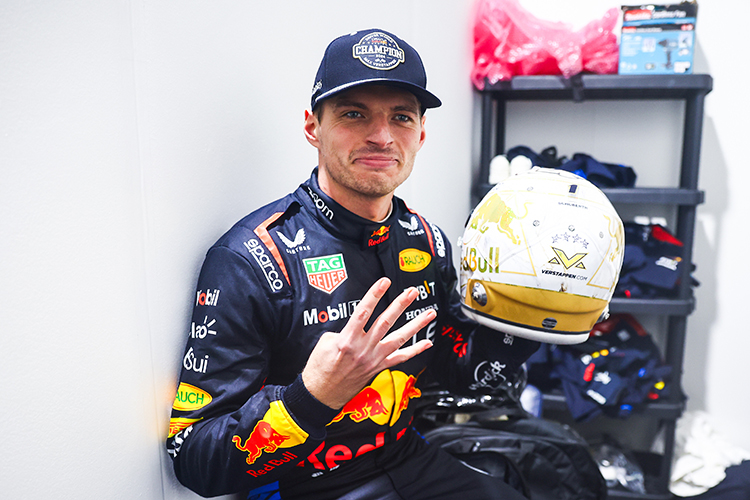How F1 Teams Secure Sponsorships: The Art of Building Partnerships

Formula 1 World Champions: A legacy of racing legends
How do F1 teams secure sponsorships?
Discover how Formula 1 teams secure sponsorships through strong branding, targeted proposals, and long-term relationships with global partners.
Sponsorships are critical to the success and sustainability of Formula 1 teams, providing essential funding for car development, staffing, and operations. In an increasingly competitive landscape, securing sponsorships has become a key aspect of a team’s financial strategy. This article explores how F1 teams attract, negotiate, and retain sponsors, offering insights into the methods behind securing lucrative partnerships.
1. Building a Strong Brand Identity
The foundation of any successful sponsorship in Formula 1 begins with a strong team brand. Just as global brands seek associations that elevate their status, F1 teams must cultivate a compelling image and reputation to attract potential sponsors. Teams with a strong track record, recent success, and charismatic drivers are more likely to capture the attention of high-profile sponsors.
Reputation and Success
Teams with a history of success—such as Mercedes, Ferrari, or Red Bull Racing—are attractive to sponsors due to their visibility and prominence in the sport. A history of victories and championship battles offers sponsors increased exposure during key moments.
Driver Appeal
Marketable drivers like Lewis Hamilton, Max Verstappen, and Sebastian Vettel have global followings that enhance the team's appeal. These drivers help attract sponsors looking for a strong connection to both performance and fanbase.
2. Identifying Target Sponsors
F1 teams must align with brands that share their values, image, and market reach. A team’s target audience plays a crucial role in this process, as sponsors aim to reach specific demographics—whether that’s luxury consumers or tech enthusiasts.
Matching Brand Values
Teams often partner with sponsors whose values resonate with their own. For example, luxury brands like Rolex may choose Ferrari or Mercedes, while tech companies such as Intel or Microsoft align with teams like McLaren that emphasize technological excellence.
Global Reach
Formula 1’s global platform provides sponsors with unparalleled exposure. With races broadcast in over 200 countries, F1 teams can target global sponsors looking for visibility across multiple markets.
3. The Role of F1’s Commercial Rights Holder
F1’s commercial rights holder, Liberty Media, plays a significant role in managing sponsorships. Centralized sponsorship deals such as those with Pirelli, Heineken, and Emirates offer teams financial support and global exposure. These deals ensure consistency across the sport, while individual teams also secure their own sponsorships.
4. Crafting a Mutually Beneficial Proposal
Once potential sponsors are identified, teams must craft compelling proposals that highlight the mutual benefits of the partnership. A strong proposal outlines how sponsors will gain visibility, fan engagement, and association with the team's prestige and performance.
Exposure on the Car
The most prominent form of visibility for sponsors is logo placement on the F1 car. Sponsors can have their logos displayed on various parts of the car, including the front wing, side pods, or drivers' suits, ensuring global visibility during every race.
Engagement Opportunities
Beyond logo placement, teams offer unique ways for sponsors to engage with fans. These can include exclusive events, social media campaigns, and VIP access. For instance, Aston Martin and Cognizant provide tech-related fan engagement experiences during race weekends.
Data and Analytics
With the sport becoming increasingly data-driven, teams offer sponsors insights into brand performance across various touchpoints, from TV impressions to social media metrics. This data allows sponsors to measure the impact of their investment more effectively.
5. Diversifying Sponsorships: Beyond Logo Placement
F1 teams are moving away from simple logo placements and creating immersive, experiential sponsorships. These deals offer deeper integration with the sponsor’s brand, providing additional value for both parties.
Product Integration and Co-Branding
Teams like Red Bull Racing and TAG Heuer engage in co-branding partnerships, where sponsors supply products or services that align with the team’s high-tech image, such as supplying timepieces or performance equipment.
Technological Partnerships
Tech companies play an integral role in F1, with teams entering into strategic partnerships to improve performance. McLaren’s collaboration with Dell Technologies and Cisco enhances the team’s data analysis and race-day operations.
Sponsorship Activation
Activation strategies allow fans to engage with the sponsor’s brand on-site and online. Alfa Romeo Racing’s partnership with Orlen includes fan activation campaigns during race weekends, engaging fans through digital and physical platforms.
6. Maintaining Relationships and Securing Long-Term Partnerships
Once a sponsorship deal is in place, it is vital for teams to maintain strong relationships with their sponsors. This includes regular communication, recognition of contributions, and providing new ways for sponsors to engage with fans.
Effective Communication
Teams keep sponsors engaged by providing exclusive content, hospitality access, and regular performance updates, ensuring that sponsors see the value in their investment.
Long-Term Deals
Many successful teams, such as Ferrari and Mercedes, maintain long-term relationships with sponsors. These multi-year deals create stability and help teams plan for future investments, leading to stronger partnerships.
7. The Impact of F1’s Global Reach
F1’s international appeal is a key factor for sponsors seeking global visibility. With races across multiple continents and an audience spanning different demographics, F1 offers an unmatched platform for brands to promote their products worldwide.
Digital Media
Social media, live streaming, and F1’s digital platforms are essential for reaching fans around the world. Teams that excel at creating engaging digital content enhance their appeal to sponsors looking to make an impact online.
Conclusion: The Art of Sponsorship in F1
Securing sponsorships in Formula 1 requires a combination of strong branding, targeted proposals, and long-term relationship management. The most successful teams offer value beyond exposure, delivering immersive experiences and creating lasting partnerships. As sponsorships remain vital to the financial success of F1 teams, the art of securing and maintaining these relationships will continue to evolve, ensuring a bright future for both sponsors and the sport.
Up Next


